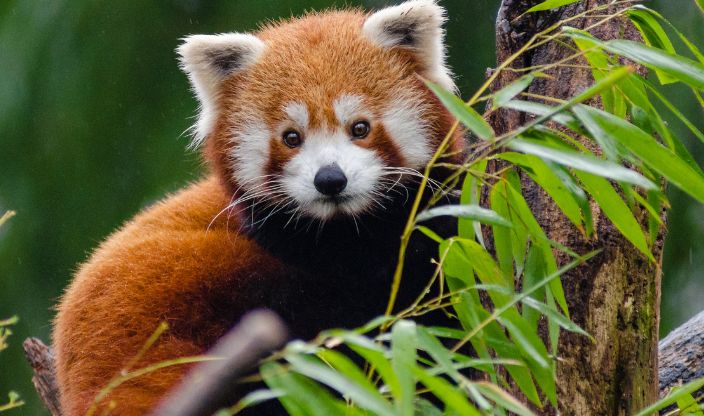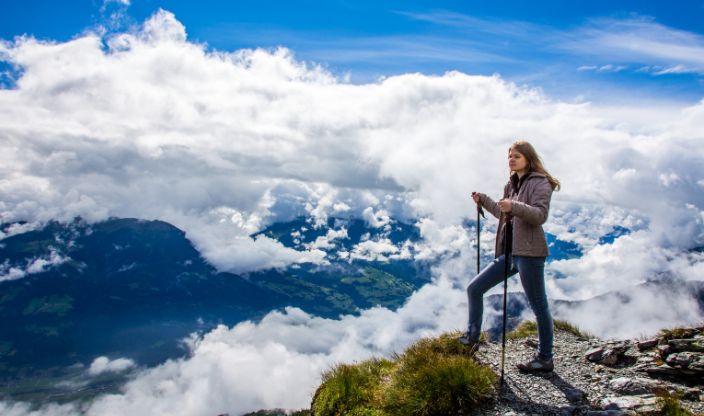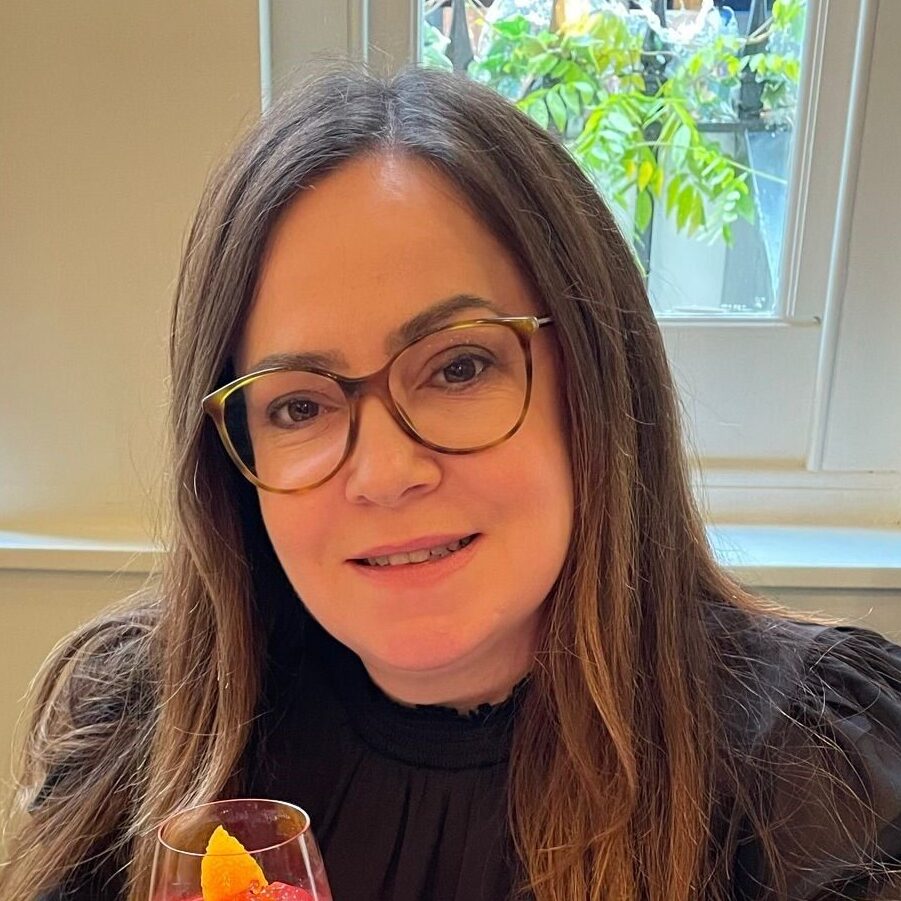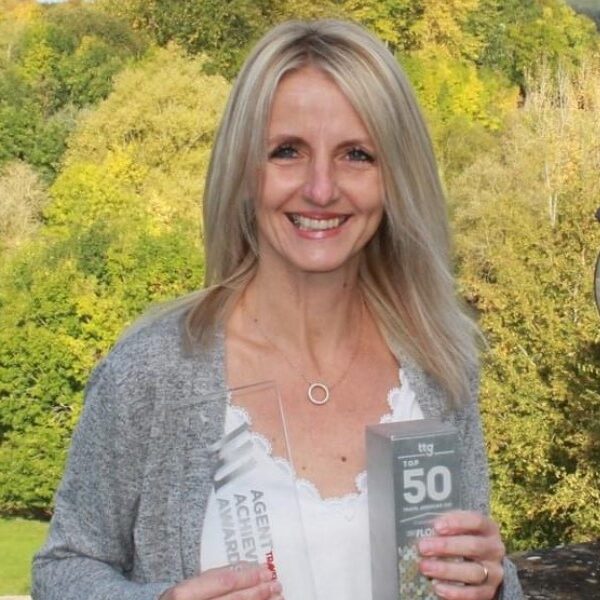Introducing Bhutan
Bhutan is a fascinating mountainous country of lush surroundings capped with dzongs (fortresses) and chortens (shrines) that has mostly remained unspoiled by modernity.
Traveling through Bhutan will present you to some of the world’s most ecologically varied national parks, as well as dense forests, high mountain ranges, and other scenic landscapes. You can experience one of numerous, white-walled monasteries that overlook wide plains that blossom with wildflowers in the spring, such as the impressive Tiger’s Nest. The Bhutanese will also be hospitable and show you around their highly traditional and Buddhist way of life, where Gross National Happiness is valued more highly than GDP.
Bhutan is a country in south-central Asia that is situated on the eastern Himalayan ranges. Bhutan is a landlocked country that is relatively small compared to most of its close neighbours, having a total area of about 38,394 square kilometres (14,824 square miles).
The best season to visit Bhutan is from October to December, when the weather is sunny and clear.
The weather is cooler in January and February, but from April it is dry and comfortable. In late spring, the famed rhododendrons blossom gloriously, covering the hills with their vibrant colours.
Red rice, buckwheat, and maize are the three main components of Bhutanese cuisine. The traditional fare also comprises a variety of soups and stews as well as dried beef, hog, chicken, lamb, and yak meat. Noodles and momos, which are famous internationally, are the most consumed snacks in Bhutan. Additionally, there is a lot of Chinese and Indian food available nationwide. Ema datshi, which is cheese and chiles, kewa datshi, which is potatoes with Bhutanese cheese, and shamu datshi, which is cheese and mushrooms, are some of the most well-known dishes from Bhutan. Shakam datshi is dried beef that has been sliced into small pieces and cooked with cheese and butter.
Dance and music, which are essential components of rituals and festivals across the nation, keep Bhutan’s traditional culture going today. Contrary to many other nations, traditional arts, ceremonies, festivals, social customs, and architecture are not artefacts of the past. These traditions are still on going and practiced. Although the written history of the region dates back to the 7th century, when Buddhism was first introduced to the country’s core province of Bumthang, excavations and ruins indicate that Bhutan may have been populated as long as 4,000 years ago. Shabdrung Ngawang Namgyal, a military chief and Tibetan lama who avoided persecution by leaving Tibet, finally brought about the unification of Bhutan in the 17th century. The chain of defence fortifications still in existence today were built by Shabdrung, who also instituted a legal code to subjugate the regional tyrants. Both actions played a crucial role in defending Bhutan from raids by the armed Tibetans. Bhutanese troops had already conquered the neighbouring state of Cooch Behar by the year 1772, and its ruler had requested aid from the British East India Company. After forcing the Bhutanese forces from the conquered territory in 1774, the British East India Company launched an attack on Bhutan itself. The country was pushed back behind its original lines by a peace treaty, and until the British won the Duar War in 1864. The third Bhutanese king, Jigme Dorji Wangchuck, established a national assembly in 1953 and a government in 1964 after India gained independence from British rule in 1947. Bhutan became the first nation to acknowledge the region as an independent state.
The smaller towns of Trongsa, Paro, and Thimphu all have excellent museums that don’t fit the stereotype of being relatively dreary from the past. The museum in Paro contains some fantastic representations of ancient and cultural Bhutan, including stuffed animals and birds, traditional clothing, weapons, spears, and masks – touchy-feely items that children enjoy and that truly spark their imaginations. Bhutanese people encourage children to walk around by making their National Parks very accessible. The only park in Bhutan where the national animal (the takin), flower (the blue poppy), bird (the raven), and tree (the cypress) all coexist together is Jigme Dorgi National Park, so you and your children can spend the day looking for the rare snow leopard.
Recommended Bhutan Specialists
Top Locations in Bhutan


















